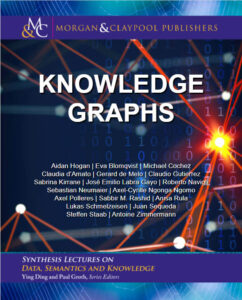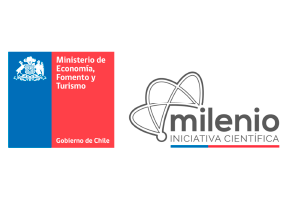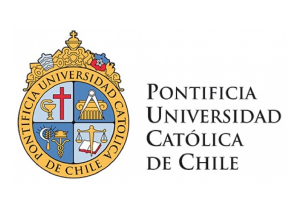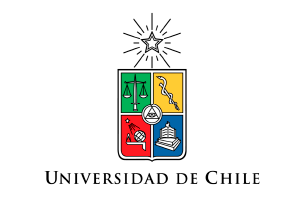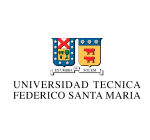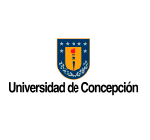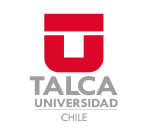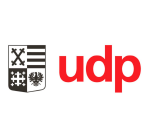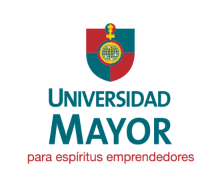Noticias
Knowledge Graphs: una visión integrada sobre los grafos de conocimiento
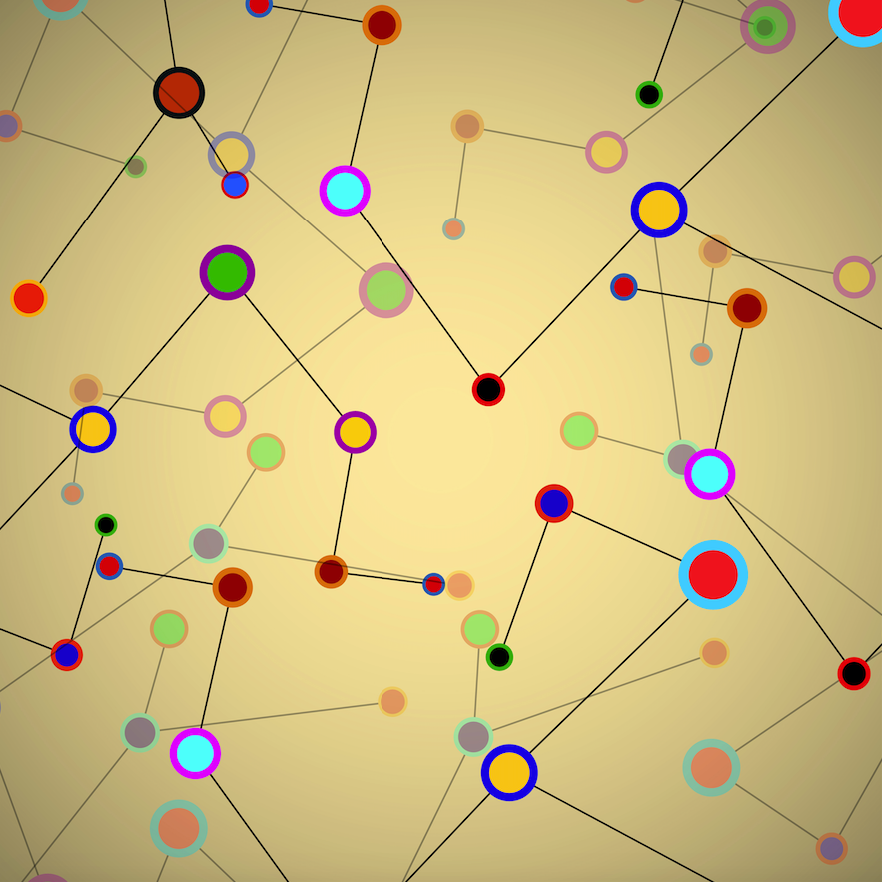
More news
View
: All
Annual
2024
2023
2022
2021
2020
2019
2018
2017
2016
2015
Biannual
1st semester
2nd semester
Monthly
January
February
March
April
May
June
July
August
September
October
November
December
No news in this category
IMFD Innovation collaborates in the creation of an interactive map with the Millennium Nucleus ICLAC

Investigación IMFD se presentará en SIGMOD, la principal conferencia internacional de bases de datos

Sebastián Valenzuela is part of the newly inaugurated International Panel on Information Environment

Zona de sacrificio: la instalación de industrias no ha significado mayor empleo para las comunidades

III Seminario de Investigación abre debate sobre las herramientas digitales y participación política

Kit olfativo que detecta COVID-19 se adjudica fondos del concurso Start Up Ciencia de MinCyT y Corfo

Trabajo sobre IA con explicabilidad de IMFD obtiene Outstanding Paper Award en conferencia en EE.UU.

Show more
Nothing to show
